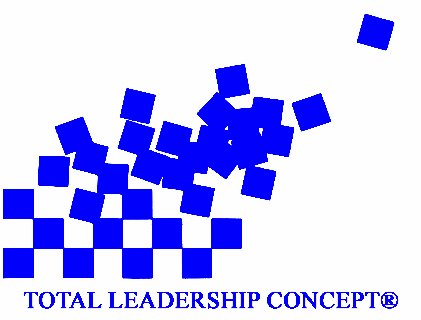
Abilities
Arousal
Attitude
Behavior
Beliefs
Competencies
Engagement
Environment
EI
Experience
Feelings
Intention
Motivation
Nature and genes
Organization
Performance
Performance Improvement
Performers
Process
Results
Skills
Social Pressure
Talent
Understanding
Values
Our beliefs and values are combined with our cognitive component; thus, two components (affective and cognitive) give us our long range or persistent measurements for dealing with the world. While a person may have the competency to perform a task, that does not mean he or she will have the desire (attitude) to do so correctly. In other words, competencies give us the ability to perform, while attitudes give us the desire to perform. Attitudes change with various events in a person's life. These emotional changes also vary in length of time.
There are four main methods used for changing attitudes in performance interventions:
- Exposure Effect: This technique uses simple "experiences" to start the attitude formation by exposing a person to a concept, object, or person a number of times. And normally this is done through "positive" experiences as "negative" experiences require disgust, pain, or fear. For example, if we want a person to display a smile, then the employee's peers, supervisors, and leaders, need to consistently display real smiles.
- Reinforcement: This concept is based upon "classical conditioning" and "operant conditioning." Classical conditioning are involuntary reflexes, while operant conditioning is based upon voluntary behavior. For example, we use classical conditioning by making classrooms attractive and non-threatening. While operant conditional is based upon the premise that people repeat a behavior that has desirable results, for example, when a learner produces a genuine smile, then a compliment, prize, grade, etc. is given.
- Persuasive Communication: The advertisement industry is based upon this technique. For example, Camel cigarettes used information, such as how they use a superior tobacco blend, in combination with "Joe Camel," to show how "cool" they are, to persuade people through both their cognitive and emotional sides to buy their product. This technique is based upon three main characteristics: source, message, and audience. E.g, the source - how believable and likable you are, the message - content and style, and audience - educational level, other attitudes. To go back to our smile example, we might show pictures of employees using their smiles in the course of their duties. We might also include some real experiences in how their "genuine interest" produces a memorable experience.
- Changing Viewpoints: Although discussions mainly work through our cognitive side, we have to remember that almost everything we do is based upon our emotions. Epictetus wrote, "Men are disturbed not by things but by the views which they take of them." So you might start a discussion by asking how their feeling are linked to their thoughts. A simple example for training customer service might be to ask them what feelings and thoughts produce a smile? How are these feelings and thoughts interconnected? Next, ask them to take the viewpoint that they are happy when working with customers. Ask them what their feelings and thoughts would be. Finally, have them do a role play of working with a customer with this new viewpoint.